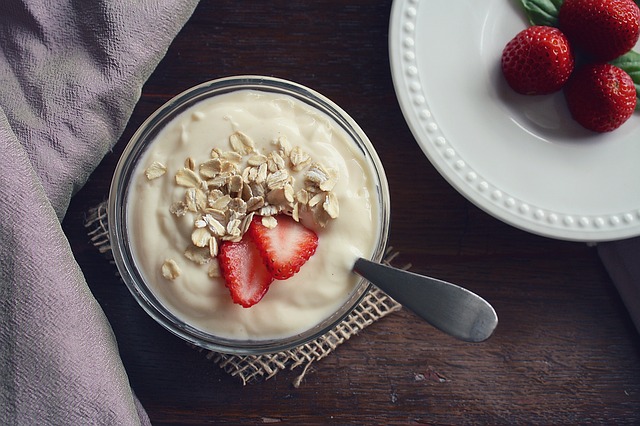About eight months ago I was doing a lot of research into creating a homemade non-dairy yogurt. I discussed my many trials and tribulations in a newsletter to you and told you about an acceptable yogurt without any dairy in it. At the end of the article I said that if I perfected the recipe, I would put it in the newsletter. Well I am using a recipe that I like quite a bit now. It’s basic form is similar to the recipe I came up with before, but a few tweaks have made it even better.
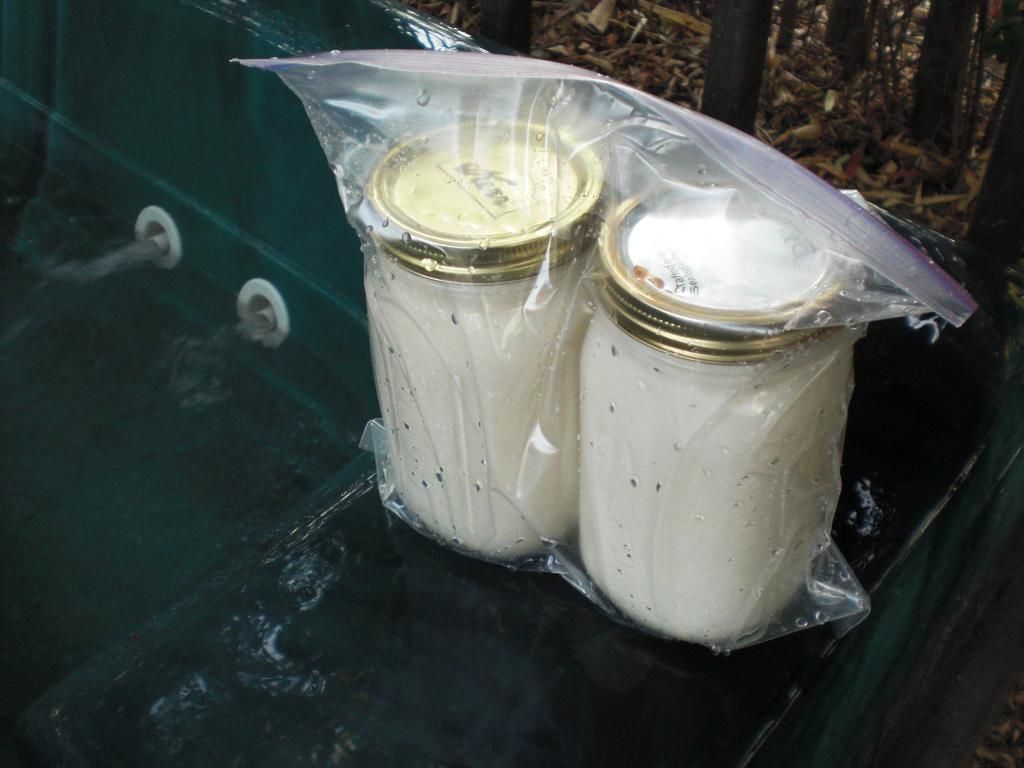
As you may recall I was floating the yogurt in a zip lock bag in my hot tub in order to keep it warm while the yogurt culture grew. A few months later the heating element in my hot tub burned out so I had to find another way to keep my yogurt warm. I ended up going high tech by getting a sous vide heating element and a big kettle. Sous vide is a style of cooking that places the food to be cooked in an inert plastic bag which is submerged in a water bath and then cooks at a very specific temperature for a long time. This technique is 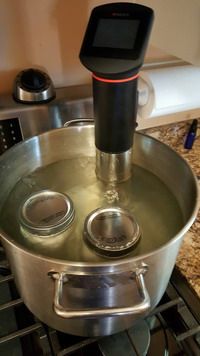 used by gourmet restaurants to perfectly cook meats and vegetables. Every food has its own specific temperature, and once it reaches that temperature it can stay at that temperature for hours without drying out or cooking any further. So the water heating device will heat the water in a big container and keep it exactly at that temperature for whatever amount of time you need.
used by gourmet restaurants to perfectly cook meats and vegetables. Every food has its own specific temperature, and once it reaches that temperature it can stay at that temperature for hours without drying out or cooking any further. So the water heating device will heat the water in a big container and keep it exactly at that temperature for whatever amount of time you need.
For the purpose of making yogurt, the water temperature needs to remain at a consistent 105 degrees for 12 to 16 hours. If the temperature goes above 110 degrees, the yogurt cultures will be killed. If the temperature goes below 95 degrees, the culture will grow so slowly that it would take days to become ready. There are many types of yogurt makers available on the market – some 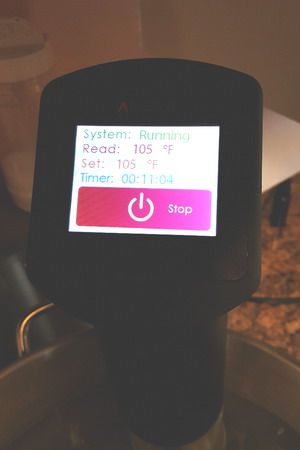 quite inexpensive. But if you are going to try to make yogurt on a regular basis, I would suggest investing in a maker instead of trying to use a heating blanket like some people suggest. Although a hot tub still works great!
quite inexpensive. But if you are going to try to make yogurt on a regular basis, I would suggest investing in a maker instead of trying to use a heating blanket like some people suggest. Although a hot tub still works great!
A mountain of research is coming out these days showing how important it is to have good bacteria in our gut. These gut bacteria directly affect the functioning of our brain. One study compared the effectiveness of the typical anti depression drugs to capsules of probiotic bacteria and found that the good bacteria did a better job at relieving depression. The health impact of having the right good guy bacteria is huge, so we need to regularly keep adding these bacteria into our systems to keep us healthy. Yogurt is a delicious way to get these bacteria into our gut.

Because health is my main objective in creating the yogurt, I carefully choose just what bacteria I use to make my yogurt, and I use fresh capsules of bacteria with each batch of yogurt. I use a combination of several probiotic bacteria that I carry in the office. I use 4 capsules of Immuno-synbiotic and 4 capsules of Sibotica. The first is good at moderating the immune system and eliminating candida yeast, while the second is good at combating the overgrowth of negative bacteria in the lower small intestine that causes bloating. In my experiments I found that using spoonfuls of existing yogurt did not give good results with these ingredients. It works fine when making a milk-based yogurt, but not with coconut and almond milk.
The question has come up as to why I don’t use honey to feed the bacteria. The bacteria needs a source of sugar to grow quickly, so I add maple syrup. Real honey contains numerous antibiotics in it. In fact Makuna honey is used medically for wound dressings as it does not promote the growth of superbug infections and is still effective in killing these nasty critters. If you are using the cheap honey from the grocery store, that will probably work just fine as it has so little actual honey in it. It is mostly just sugar and corn syrup – not real honey.

One of the biggest benefits of making yogurt is financial. When you grow your own probiotic cultures in the yogurt, you effectively stretch your buying dollar ten to twenty times. The bacteria in the capsules added to the batch of yogurt will multiply ten to twenty times, turning the four capsules into 40 to 80 capsules worth of good-guy bacteria. We like to end our day with a nice serving of homemade yogurt to repopulate our gut with more good bacteria.
So on with the recipe:
Coconut Almond Milk Yogurt
In your high speed blender mix:

2 cups water
1 cup almond flour
2 Tbs. Maple syrup (not honey)
¼ cup cashews
1 tsp. vanilla (optional)
½ tsp. Supersweet stevia drops (optional)
Whip on high for 5 minutes in blender.
In a saucepan add gelatin to cold water and dissolve before heating the water. Cook till boiling and gently boil for 30 seconds.
1 cup water
2 Tbs. Gelatin
When done, pour the hot gelatin mix into the blender with the almond mixture – blend then pour in
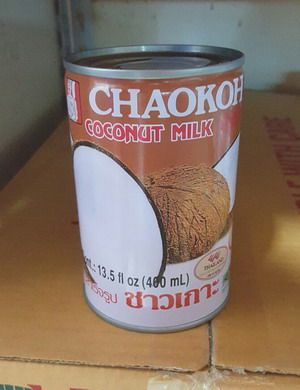
1 can coconut milk
2 cups water
Blend and check the temperature. It has to be between 99 and 109 degrees. Open and blend in the contents of 8 to 12 capsules of various probiotics. Different probiotics will determine the final flavor of the yogurt and the specific health benefits.
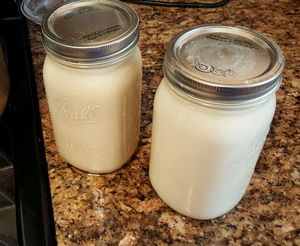
Pour mixture into two 1 quart Mason jars. Seal up the jars and place into a water bath or place in a warm place where they will stay about 105 degrees for 12 to 24 hours. If it gets above 110 degrees the live cultures will die. Below 99 degrees and they will grow very little. The longer you culture the jars, the more sour the final product will taste. I generally culture them for 14 hours then put them into the fridge. Some separation of the mixture may occur, so a clear liquid appears on the bottom. Simply shake up the jar to mix it back in before putting it into the fridge.
This recipe makes 8 cups of yogurt and by my 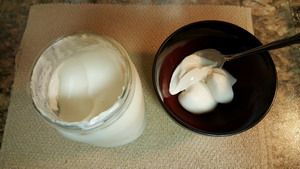 calculations that is about 140 calories per 6-ounce serving. Ahh, creamy yogurt goodness!!!
calculations that is about 140 calories per 6-ounce serving. Ahh, creamy yogurt goodness!!!
Enjoy
